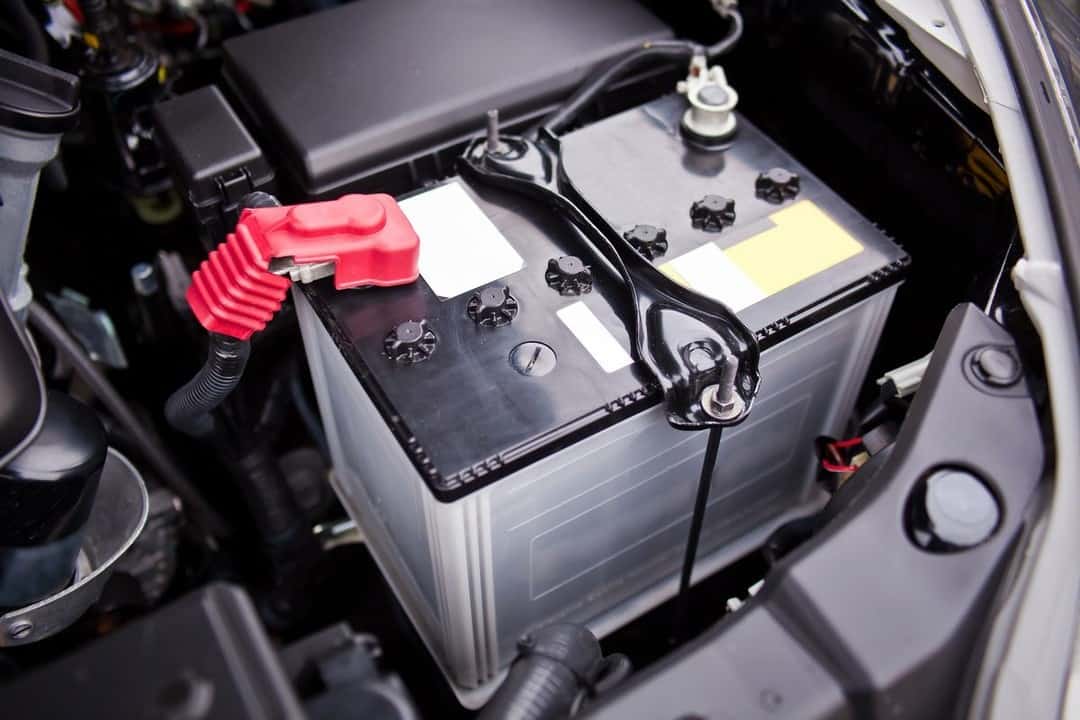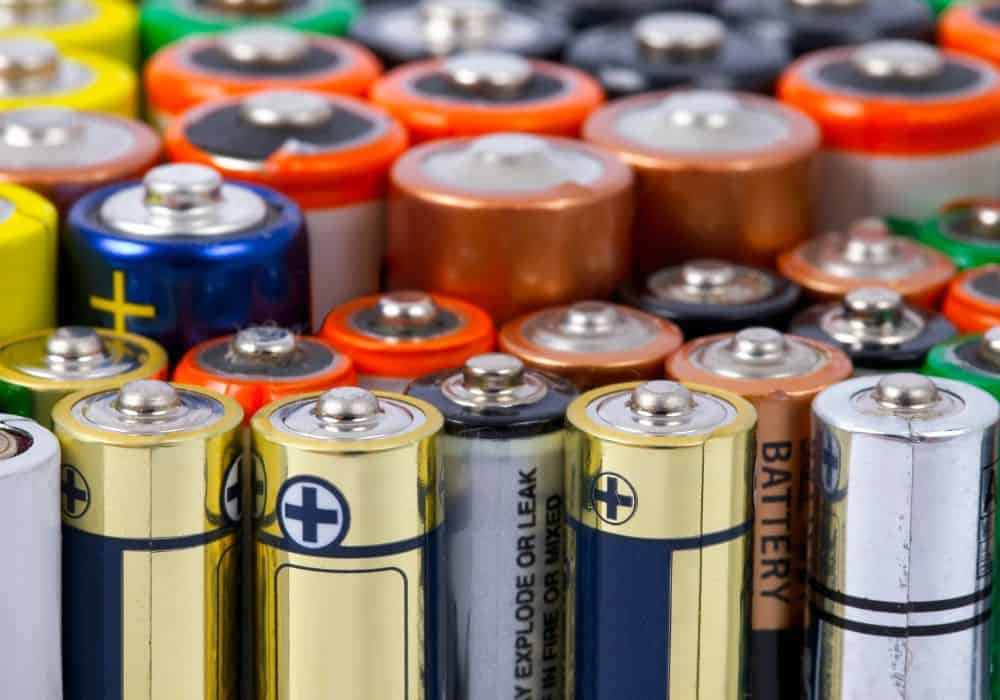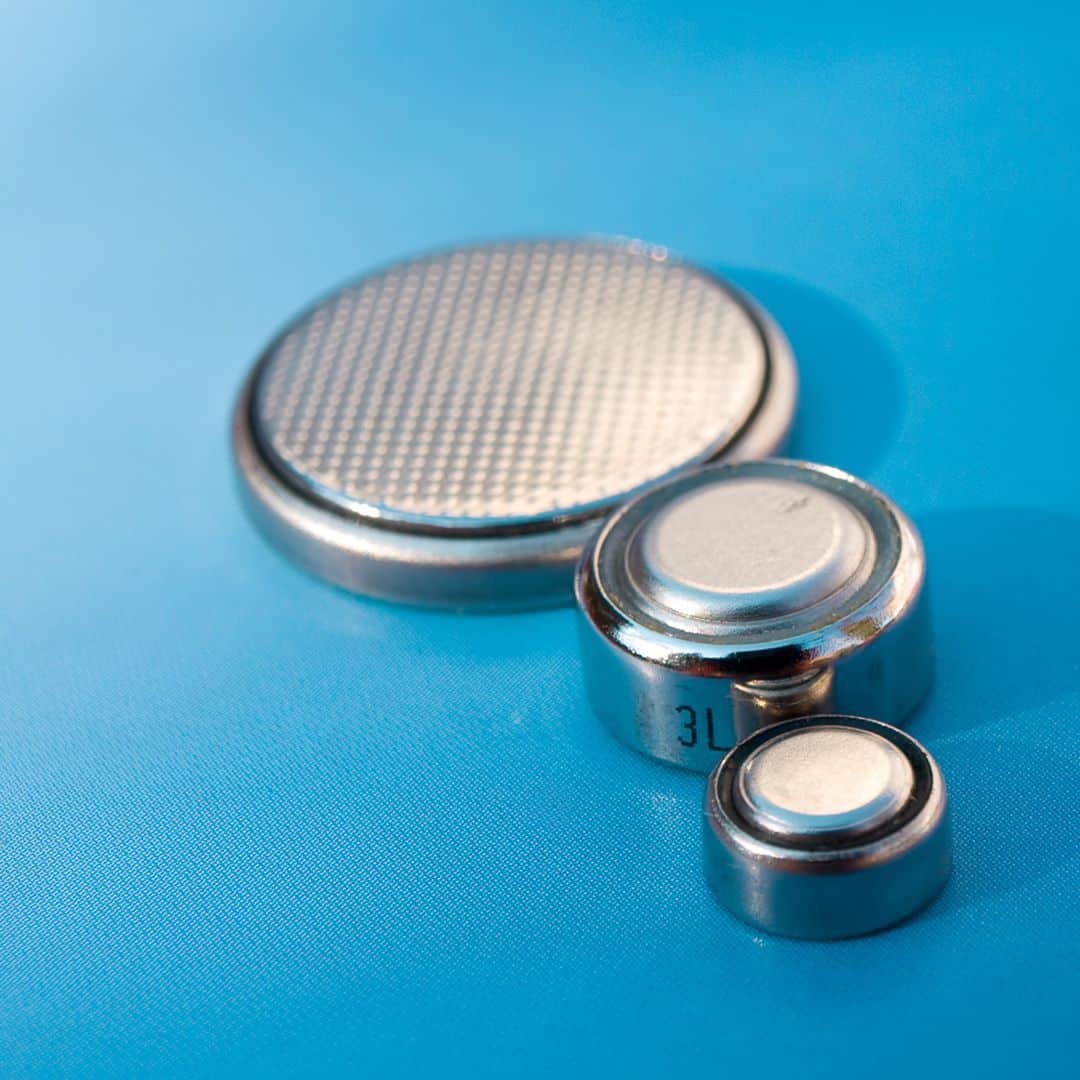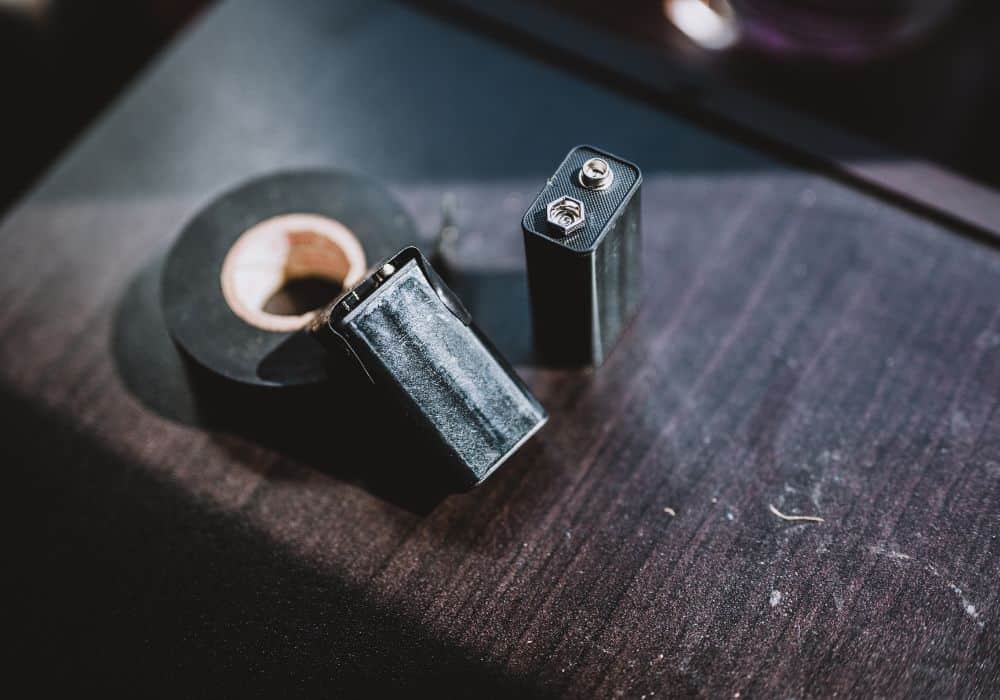Are you planning on putting new batteries in your device – or vehicle? Like most people, you’re probably wondering – which way does a battery go?
Well, it depends on the battery you plan on installing. There are many kinds, i.e., for cars, portable devices, etc.
I’ll discuss this – and more – below.
Table of Contents
Which End of the Battery Should Go First in a Car?

customcompleteautomotive
As the name suggests, a car battery is designed to power a vehicle. It’s comprised of six cells, with each being filled with a sulfuric acid solution.
When it comes to installing a car battery, you need to attach the positive terminals (red, plus sign) before the negative ones (black, minus sign).
But if you’re planning on removing a dead battery first, you need to do it in reverse. That means removing the negative end before the positive end.
Be careful when doing this, though! Ensure that the metal object you hold doesn’t come into contact with these terminals simultaneously.
Once you’ve removed the terminals, you can detach the security clamps and take the battery off the tray.
After doing so, go ahead and inspect the battery compartment. Be sure to check the cables/terminals for rust, which could result from electrolyte vapors/spills. If there is, you should use a wire brush to clean it with water and baking soda.
If you don’t remove the rust, energy will flow efficiently through the terminals. As a result, the battery won’t be as powerful as it should be.
Once the battery tray is clean, you can go ahead and place the new battery. As mentioned, go with the positive terminal before proceeding with the negative terminals.
For more information, refer to this battery installation guide.
Car Battery Tips
Apart from installing the battery the right way, heeding these tips should help it work better – and last longer:
- Top the battery with water carefully. If the electrolyte levels are low, add distilled water to a level that covers the plates. Use a funnel when doing so to prevent spills and whatnot.
- Check the acid level every six months. Batteries that dwell at an 80% charge or lower are prone to acid stratification, which could cause them to have shallow charges.
- Keep the battery cables tied securely.
- Keep the battery warm, especially if you live in a cold area. Low temperatures can significantly reduce the battery’s capacity.
- Have your battery load tested monthly? This should keep you on top of adverse events like freezing or sulfation.
- Change your battery every four years.
Which Way Should Cylindrical Batteries Go?

If you’re placing an AA battery, AAA battery, or D battery, it’s best to put the negative end (flat side) first. It doesn’t matter if it’s made of nickel-cadmium, nickel-metal hydride, or lithium-ion.
Tacking the negative side first is recommended as it’s easier to do. After all, you only need to do is place it against the spring.
The spring where you place the negative side of the battery is there to improve the electrical current flow to the device. This is particularly useful for running items or toys that require multiple batteries.
The spring also keeps the batteries securely in place. It makes placement easier too, for it indicates that the negative side should be by its side.
The positive end – which has a small notch at the top of the battery – should go on the other side. While you can place it before the negative side, it’s harder to do. This action can also shock you a bit – especially if you’re not careful!
Cylindrical Battery Tips
Here’s how to make the most out of your cylindrical batteries:
- Switch the device off when not in use.
- Store the batteries in a cool, dry place.
- Read the instructions before installing the batteries.
- Clean the battery contact surfaces with a cloth or soft pencil eraser.
- Avoid mixing old batteries with new ones.
- Remove exhausted batteries ASAP and dispose of them properly.
- Keep batteries away from loose metal objects such as pins or coins.
Which Way Should Button Batteries Go?

eugenepeds
Button batteries, also known as coin or watch batteries, are small cylindrical devices that power watches and key fobs, to name a few. They measure anywhere from 5-25 mm in diameter and 1-6 mm in thickness.
When conducting a button battery replacement, remember that it’s a matter of looking at the battery compartment.
More often than not, it will indicate the positive (+) sign. This means you should put the flat/positive side against it.
Tip: Keep button batteries out of children’s reach. Many kids tend to swallow this. In fact, if this stays in the body for as little as two hours, it can harm the body right away.
Symptoms of button battery ingestion include:
- Fever
- Irritability
- Coughing, wheezing, or difficulty breathing
- Swallowing problems, vomiting, gagging or choking
- No desire to drink/eat
Which Way Should 9-Volt Batteries Go?

As its name suggests, this battery supplies a nominal power of 9 volts. They’re either made of zinc-carbon, lithium, and nickel-metal hydride.
9-volt batteries are often used in portable devices, walkie-talkies, and smoke alarms, to name a few.
When installing a 9-volt battery, you must align the snap connectors appropriately. That means placing the male connector side on the round side and the female connector on the hexagonal side.
But first, you need to remove the battery door. Some versions are screwed in, so you need a screwdriver to open it.
Once you have opened the compartment, go and handle the battery at a 30-degree angle before pressing it and down. Avoid putting it on a flat angle and sliding it, as this will make the process of installing the top of the 9-volt battery harder.
Conclusion
Depending on the type, the battery should go:
- For cars, positive before negative
- For portable batteries, negative first before positive (easier)
- For button batteries, the positive/flat side should lie against the positive compartment
- For 9-volt batteries, simultaneously attaching both male (positive) and female (negative) connectors
Installing different kinds of batteries may be tricky, but this guide should help you get the hang of it!
